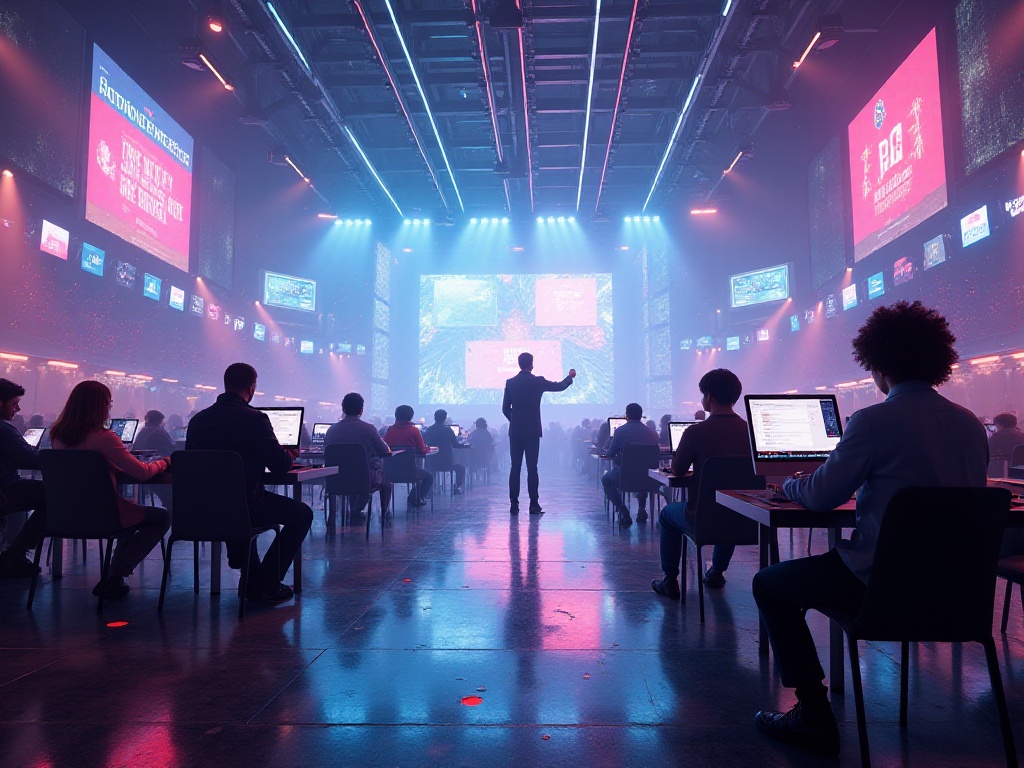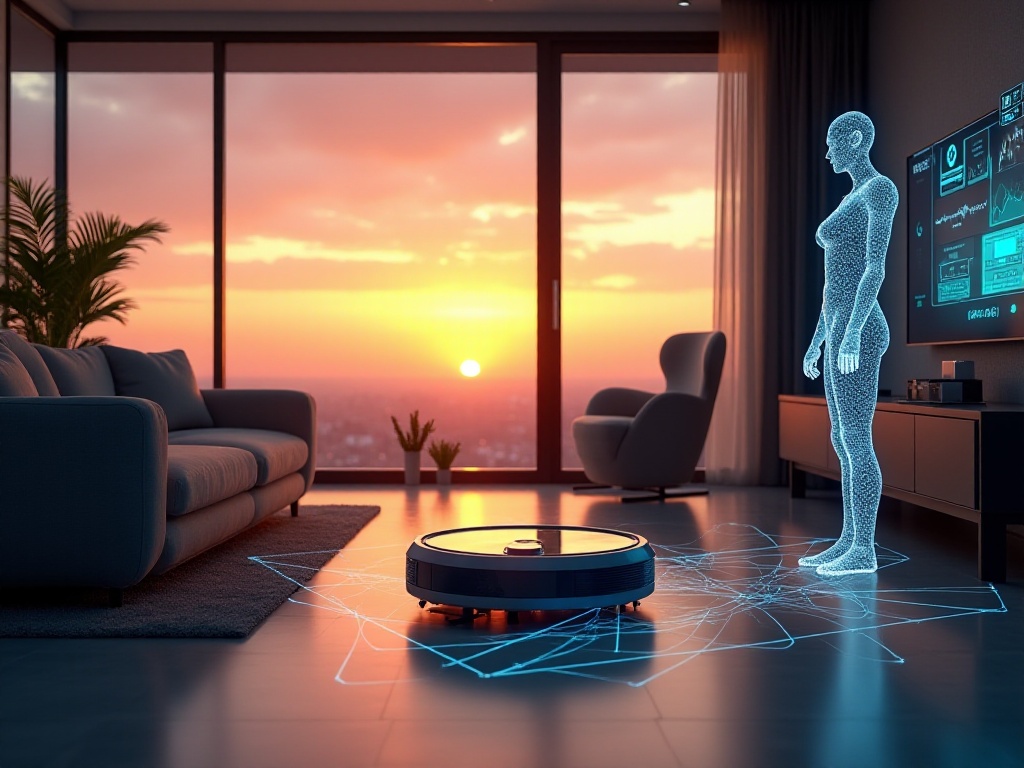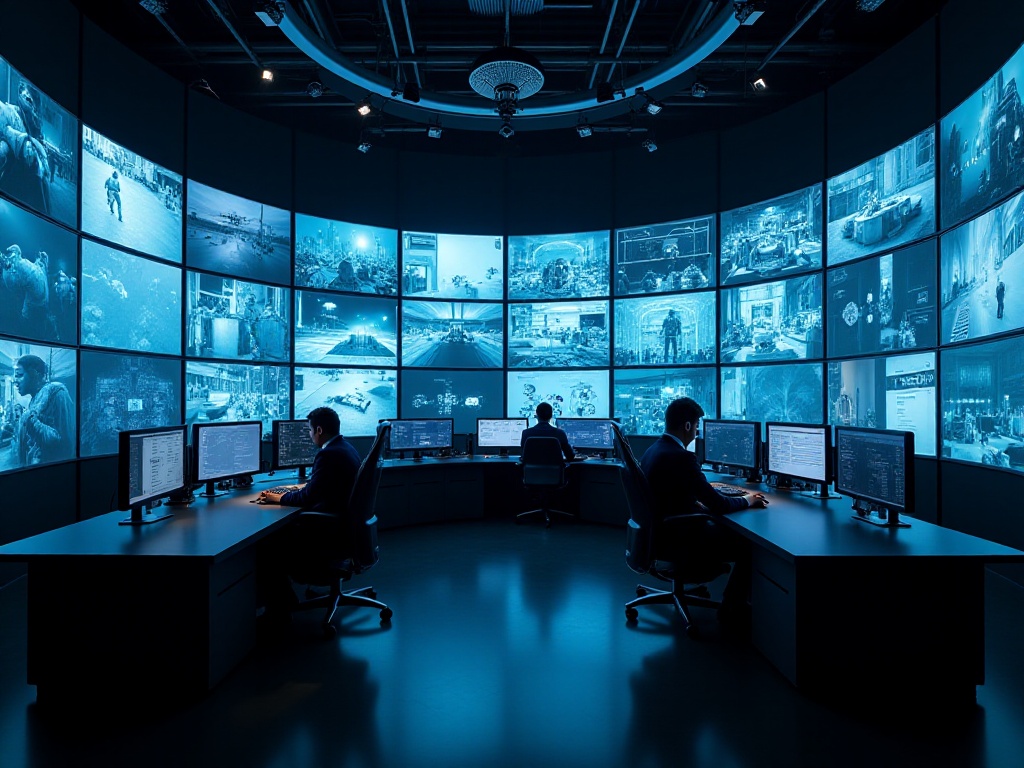Opening
It was an afternoon last September when sunlight streamed through the classroom windows onto the expectant faces of my students. Standing at the podium, I tried AI-assisted teaching for the first time. During that history class, I had students converse with Qin Shi Huang through Hello History. Watching them eagerly raise their hands to ask questions - some curious about the craftsmanship of the Terracotta Warriors, others inquiring about the standardization process of measurements, and some wanting to know details about Qin Shi Huang's daily life. The classroom was filled with laughter, and the students' eyes sparkled with curiosity. At that moment, I deeply realized that AI was quietly changing the future of education.
A year has passed, and AI educational tools have become an indispensable assistant in my teaching career. Every time I open my computer and see these intelligent tools flickering on the screen, it's like seeing endless possibilities in education. Over this year, I've witnessed many amazing moments and felt the revolutionary changes that technology has brought to education.
Personalization Revolution
I remember when I first started working, facing more than forty students with different personalities and learning abilities, I often felt overwhelmed. Zhang learned quickly, understanding after hearing once in class, while Li needed repeated explanations to grasp concepts. Sometimes, I had to slow down the teaching pace to accommodate the majority of students, which made those with stronger learning abilities feel bored. Every time I graded assignments and saw students making various mistakes on the same concept, I wondered how to provide each student with the most suitable education.
The emergence of Century Tech solved this problem that had troubled me for years. This intelligent platform is like an experienced teaching assistant, precisely identifying students' knowledge gaps by collecting and analyzing each student's learning data. For example, Xiao Ming in my class generally performs well but always encounters difficulties with quadratic equations in algebra. Under traditional teaching methods, it might have taken me a long time to discover this problem. But Century Tech quickly located the issue by analyzing his answer patterns.
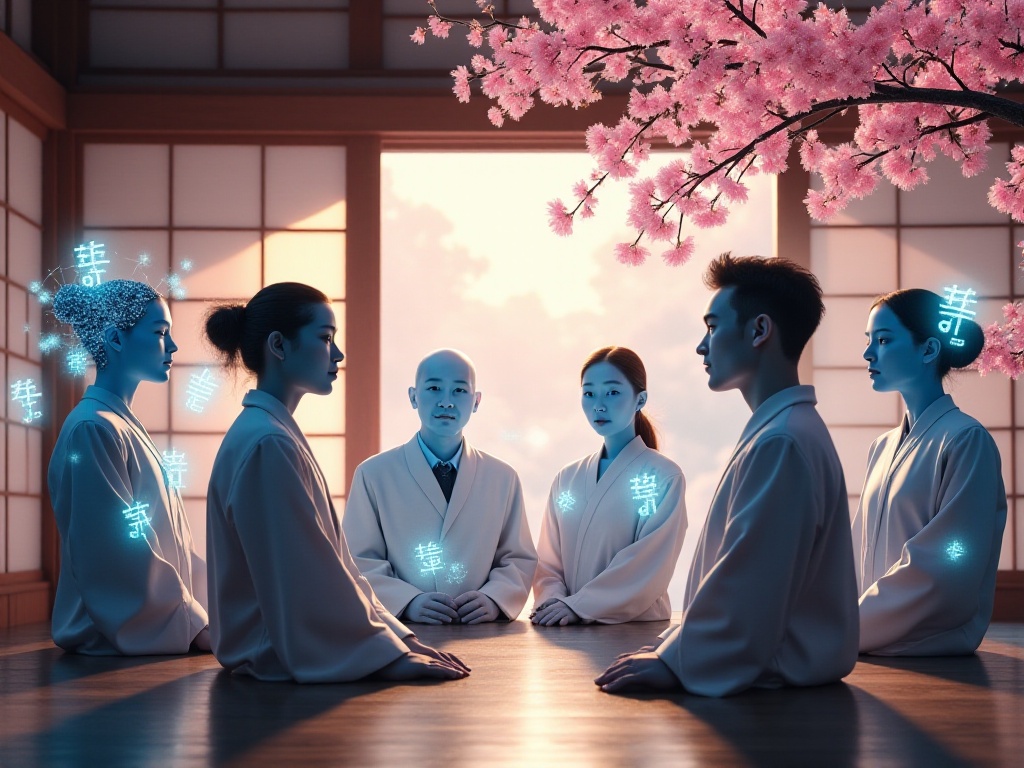
Intelligent Tutoring
Today's AI tutoring systems have far exceeded my initial expectations. I remember once when my student Li encountered a difficult physics problem about energy conservation while doing homework late at night. In traditional teaching modes, he might have had to wait until the next day for an answer. But with the intelligent tutoring system Tutor.ai, he received help immediately.
Tutor.ai doesn't simply provide answers but guides like a patient teacher, leading students to think through problems step by step. First, the system explains energy conservation using real-life examples: "Imagine you're on a seesaw - when you're at the highest point, you have maximum gravitational potential energy, and as you fall, this potential energy converts into kinetic energy." Then, through a series of guiding questions, it helps understand the energy conversion process in the problem. Finally, it provides detailed solution steps and verification methods.
The performance of iFlytek Spark in intelligent tutoring is even more impressive. It's like a knowledgeable mentor who not only masters various subjects but also knows how to spark students' interest in learning. When explaining Newton's Second Law, it first poses an interesting question: "Have you ever wondered why your body leans forward when the bus driver suddenly brakes?" Through such life examples, abstract physics concepts become tangible and relatable.
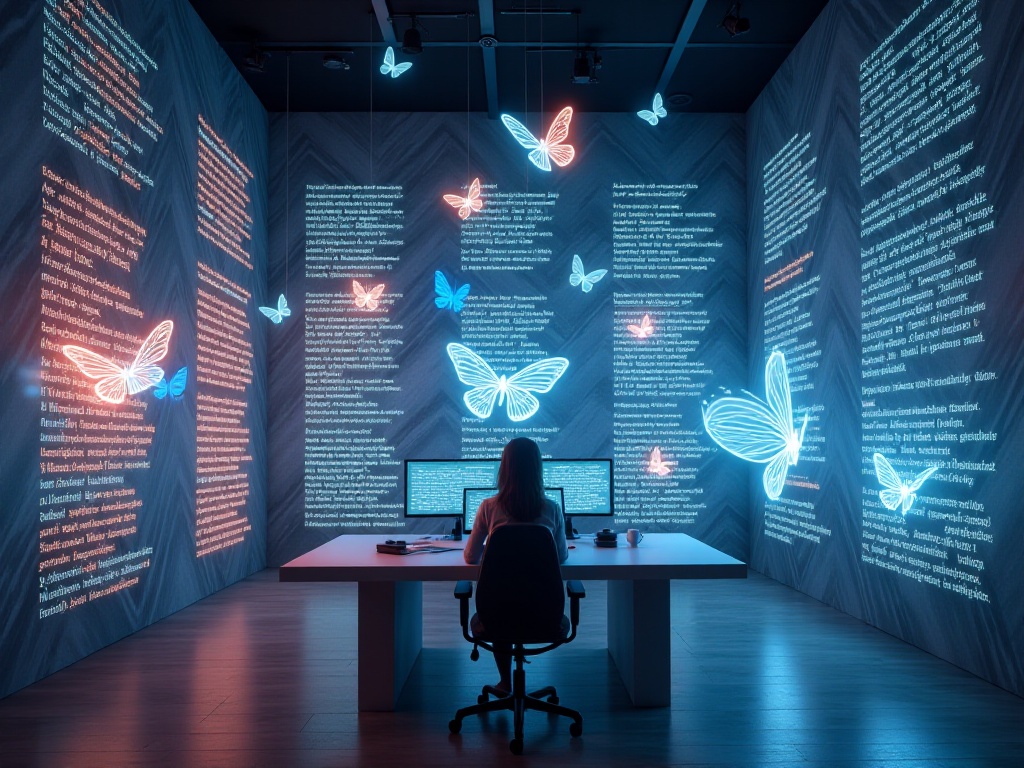
Innovative Teaching
Technology development has made teaching unprecedentedly interesting. Recently, I used Synthesia to create a series of history course videos. I remember how students used to lack enthusiasm when learning about Qin and Han history. But now, through this AI video production tool, I can "invite" historical figures to the classroom. Characters like Qin Shi Huang, Emperor Wu of Han, and Sima Qian seem to come alive, telling their stories in vivid language.
Even more amazing is that these videos can be produced in multiple languages. I have a foreign exchange student in my class who has improved both his understanding of Chinese history and his Chinese language skills through these multilingual history videos. Seeing him fluently narrate the story of Qin Shi Huang's unification of the six states in Chinese makes me particularly gratified.
In Chinese language teaching, I found that the Tiangong AI Music App is a great auxiliary tool. I have a student named Wang who loves music but always struggled with memorizing ancient poems. Once, I tried using this App to turn "Drinking Alone Under the Moon" into a modern-style song. The rhythmic music combined with the magnificent verses gave new life to the entire poem. Wang quickly fell in love with this learning method, not only memorizing "Drinking Alone Under the Moon" thoroughly but also actively requesting to learn more ancient poems.

Breaking Barriers
In education, AI technology's most touching aspect is its ability to help special students overcome learning barriers. I have a hearing-impaired student named Xiao Yu in my class who previously relied on sign language interpretation to understand course content. This not only affected her learning efficiency but also made her feel distant from other classmates.
Since using Otter.ai's real-time captioning system, the situation has changed dramatically. This system can convert teacher's speech into text in real-time, displaying it on Xiao Yu's tablet. Now, she can keep up with the class rhythm just like other students. I clearly remember the happy smile on Xiao Yu's face when she could fully participate in class discussions without sign language interpretation for the first time.
Microsoft's learning tools have brought hope to students with reading disabilities. I have a student named Xiao Qiang who, due to reading disabilities, always saw words jumping on the page, making learning particularly difficult. Microsoft's learning tools provide various assistive functions, including adjustable font size and spacing, highlighting important vocabulary, and even text-to-speech features.
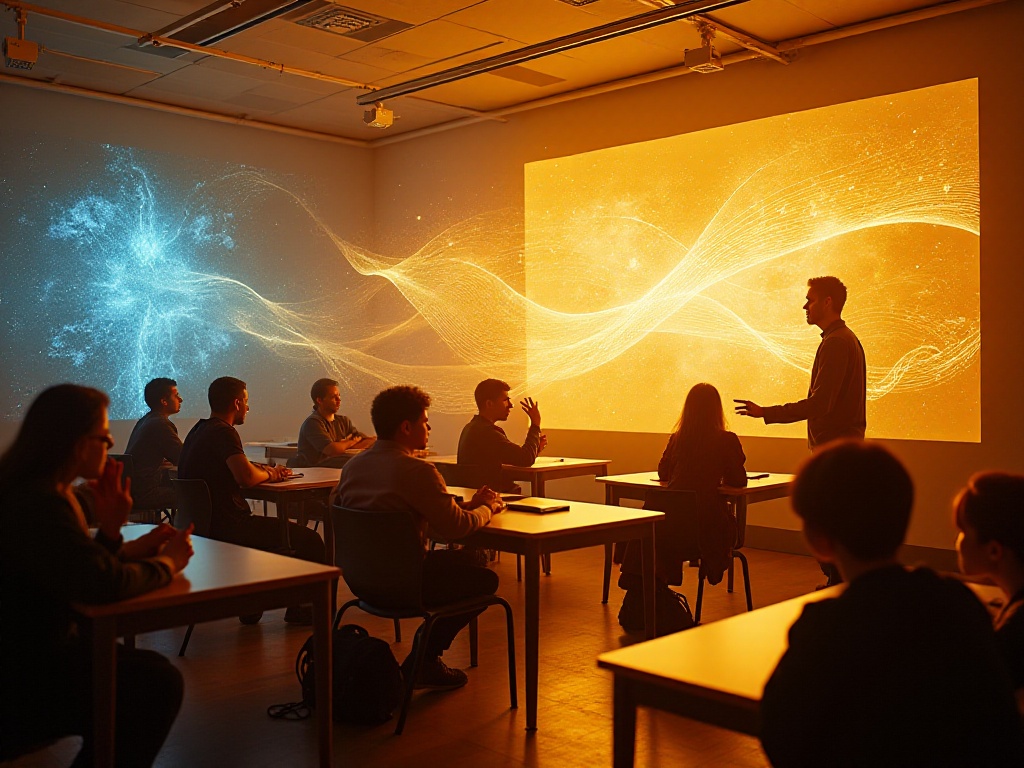
Future Outlook
Looking back at this past year from where we stand now, I deeply feel that the transformation brought by AI educational tools is far more profound than we imagined. It has not only changed our teaching methods but more importantly, changed the nature of learning. With AI's help, education has become more personalized, with each student receiving the most suitable learning plan; more interesting, through multimedia and interactive learning methods that spark students' interest; and more efficient, with intelligent tutoring systems providing immediate feedback.
However, I also deeply recognize that no matter how advanced technology becomes, it cannot completely replace teachers' role. The core of education will always be nurturing people, which requires not just knowledge transmission but also emotional exchange and value guidance. AI educational tools are like a key that can open the door to knowledge, but guiding students in navigating the ocean of knowledge and cultivating correct life views and values still requires teachers' wisdom and care.
I believe future education will be a perfect combination of artificial intelligence and humanistic care. AI tools will become more intelligent and humane, but they will always remain educational aids rather than dominators. True education will always need teacher guidance and sincere communication and emotional interaction between teachers and students.
In this era of rapid technological development, what we need to do is learn to use these tools well, letting them serve the essential goal of education: cultivating well-rounded talents. Let's look forward to AI technology bringing more beautiful possibilities to education.
What are your thoughts and expectations about the future development of AI educational tools? Welcome to share your views and experiences in the comments section.



